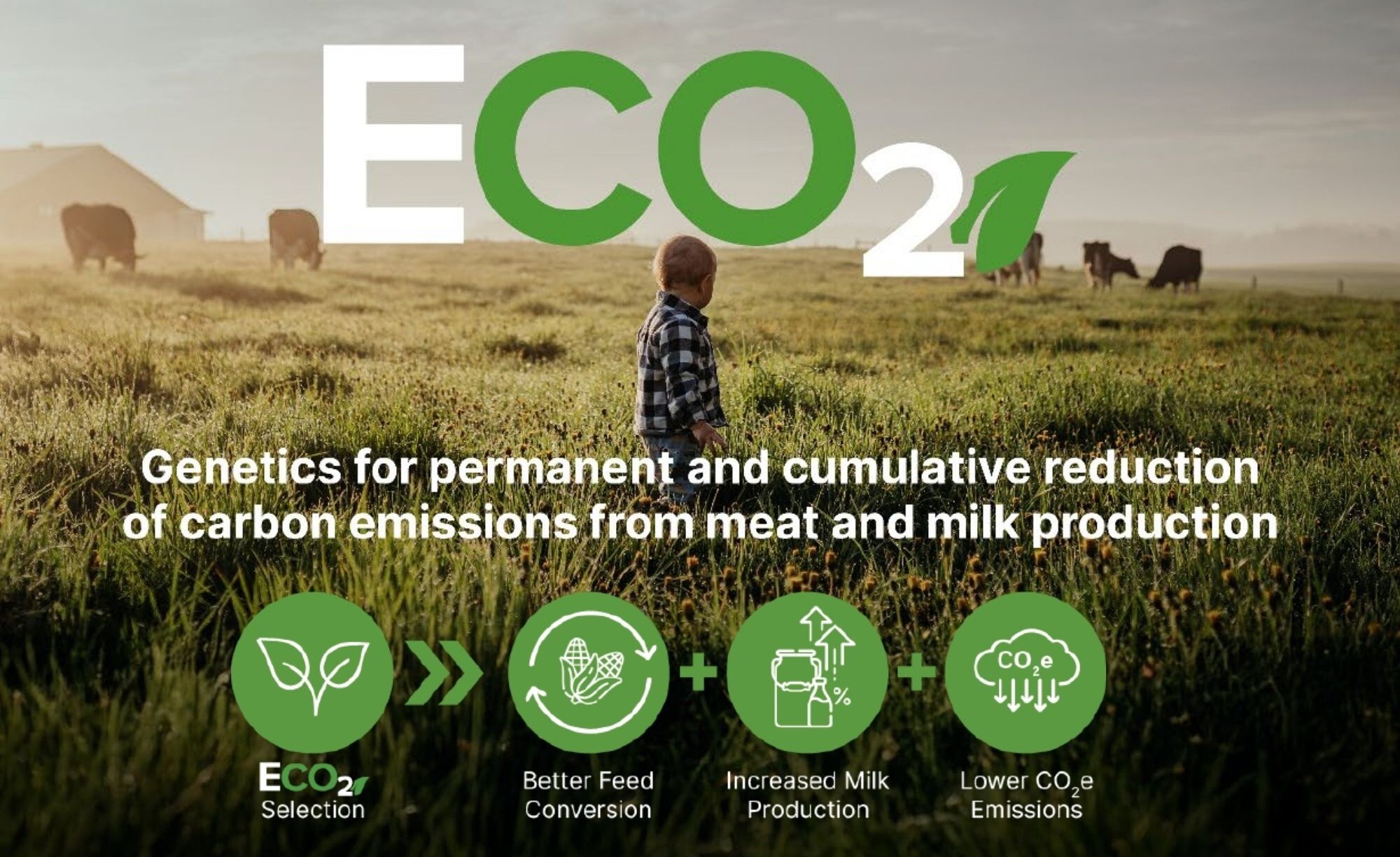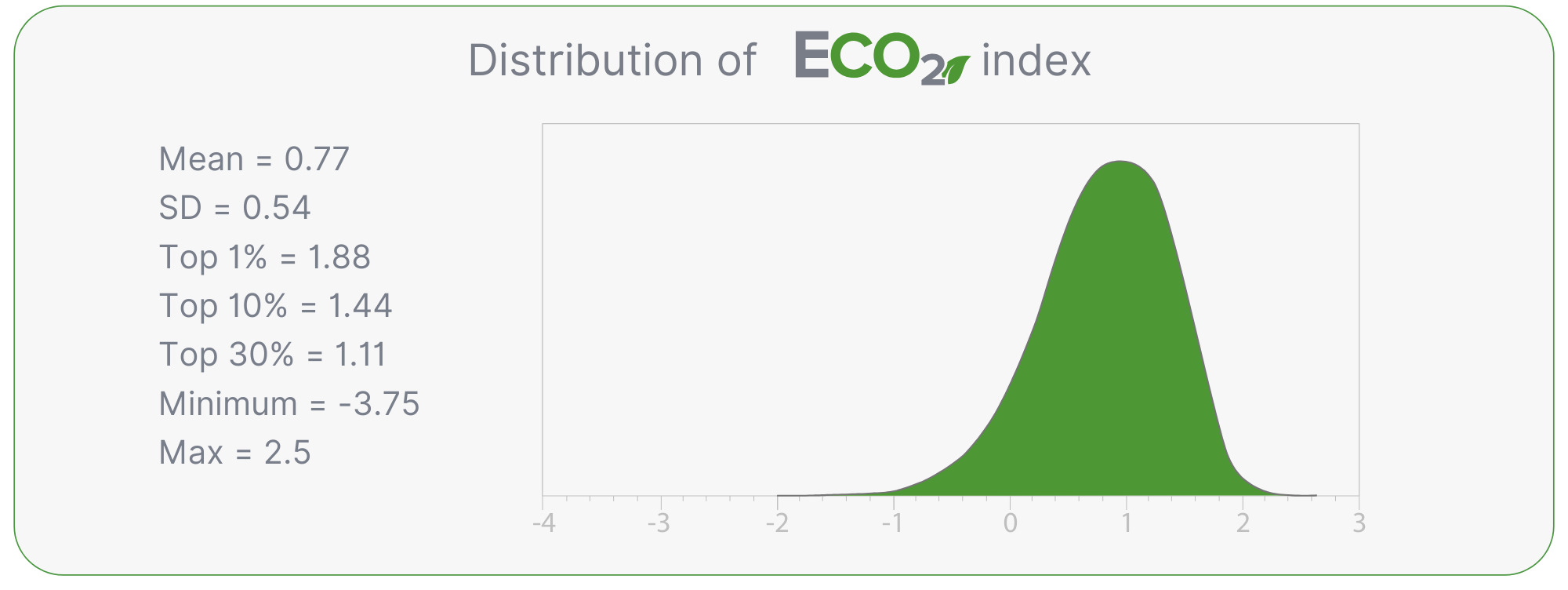As the world races to reduce carbon emissions, the livestock industry has come under increasing scrutiny for its contribution to global greenhouse gas emissions. Although greenhouse gas emissions from livestock account for about 12% of total UK emissions, livestock represent the largest agricultural source of methane emissions which is a potent greenhouse gas that traps 28 times more heat in the atmosphere than carbon dioxide. Livestock such as cattle produce methane naturally as they digest feed through a process called enteric fermentation. Enteric fermentation enables cattle to eat forage and other low-quality feedstuffs that humans are not able to digest and transform it into the nutritious meat and milk products we consume. This unique ability plays a major role in global food security meaning that we can not simply eliminate cattle, but instead there are opportunities to improve the efficiency and reduce enteric methane emission of cattle while continuing to provide high-quality, nutritious meat and milk products for consumers. One such opportunity is to utilise genetic selection for ECO₂ by Cogent which will improve Feed Efficiency, productivity, and longevity of cattle resulting in reduced methane emissions and subsequently the environmental impact of each unit of meat or milk that the livestock industry produces.

What is the Eco2 index?
ECO₂ is the industry’s first genomic index to quantify the lifetime methane savings of dairy females and terminal beef cattle based on reducing enteric methane emissions. By leveraging over a decade of research for Feed Conversion Efficiency from STgenetics®’ exclusive EcoFeed® program, ECO₂ combines genetics for Feed Efficiency with production and longevity traits to create high producing cattle who have lower enteric methane emissions and improved resource utilisation.

How is eco2 index calculated?
ECO₂ quantifies an animal’s lifetime methane emissions based on the carbon emissions model recommended by the Intergovernmental Panel for Climate Change (2019). This model estimates daily enteric methane emissions for livestock based on a methane conversion factor that translates dietary gross energy consumption into units of methane produced. Utilising over 4 million daily feed intake records captured as part of STgenetics® EcoFeed® program, ECO₂ incorporates genomic dry matter intake values to adjust average gross energy consumption values for each stage of production to estimate daily methane emissions. Utilising national genomic evaluation breeding values for production and productive life metrics in dairy females and performance data in terminal beef on dairy cattle, daily methane emissions are then translated to lifetime methane emissions. Lifetime methane emissions are then converted to carbon dioxide equivalents (CO₂e), the standardised unit of measurement for greenhouse gases. Index values are reported as the tons of CO₂e saved during the lifetime of the animal compared to the industry average.

How does eco2 index translate to carbon savings?
ECO₂ is expressed as tons of CO₂e savings during the lifetime of a dairy female compared to the industry average. An ECO₂ index of 1 indicates that an animal’s progeny will produce 1 ton less CO₂e during their lifetime compared to the average dairy female.

Since 2017, livestock producers have utilised Cogent's EcoFeed® index combined with other economically relevant traits to improve the economic and environmental sustainability of their herd. Given the increasing requirements for carbon accounting today, Cogent believes the ECO₂ index will take this program to the next level, accelerating genetic improvement for carbon friendly cattle in a way that can be measured, monitored, reported, and verified.
Cogent is proud to provide the dairy and beef industries with innovative tools such as ECO₂ to aid in creating a sustainable industry and world for the next generation of farmers and consumers.
